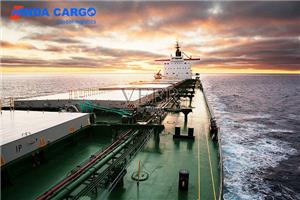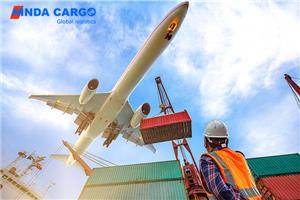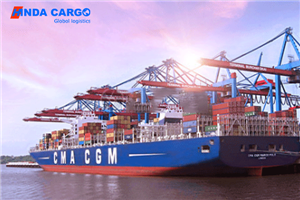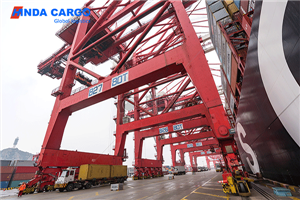Buy Supply China sea freight to the usa Manufacturers price
sea freight to the usa price
Supply sea freight price
Mike King (Mike King) recently published an article in American Shipping Company (American Shipper) magazine entitled "routes return empty-handed before the contraction season in Asia and Europe" (Lines firing blanks before Asia-Europe contract season). In fact, despite the great changes that have taken place in the shipping industry in recent years, the maritime service market is still exposed to the inherent dynamics of demand and the inherent fixity of supply, resulting in fluctuations in ship loading rates and freight rates.
This fundamental mismatch between supply and demand can lead to serious structural inefficiency and adversely affect all market participants. Freight rates remain volatile. False bookings usually account for 20-25% of the total deadweight of ships. Technology providers have been addressing the inefficiency of the quoting and booking process by creating faster and more transparent execution. However, should we now expect the electronic platform to meet the demand of spot shippers for safe capacity, predictable rates and service levels, as well as carrier demand for high passenger capacity, predictable revenue and opportunities for differentiated services?
The mismatch between the supply and demand structure of shipping exacerbates the distortion of the spot market, even outside the usual peak season.
The situation is complicated. The ship procurement and network planning activities of seaborne carriers aim to bring long-term stability to the trade service model and to plan an efficient supply chain on this basis.However, once the ship is deployed, the only option for ocean transport companies to adjust supply to meet changes in demand is difficult and often suboptimal: adjust the ship's port time or port rotation, cancel the voyage, or in extreme cases, Berth the ship to take out a complete string.
Shipping From China To The USA By Sea Ai
Buy sea freight to the usa Manufacturers
Crude oil exporters and users may want to get used to the high cost of transportation.
The ups and downs of freight rates triggered by geopolitical events in September may have leveled off, but for the energy industry, the fundamentals of the shipping industry will only become more severe. And it is likely to keep tanker costs high for a long time after 2020.
As buyers and sellers restructure the energy supply chain, the number of new ships launched will decline in the coming months, and more tankers will make long-distance shipments to carry US cargo. This means imminent capacity tensions and most forecast price increases.
The shipper's demand model shows huge short-term changes in any year, while conventional seasonality plays a smaller and smaller role in the overall change. External factors such as political instability exchange rate fluctuations trade policy changes and weather have led to further fluctuations in demand. Over the past four years, monthly demand for trade between Asia and the west coast of North America has fluctuated by an average of about 10% of the standard deviation. Over the same period, monthly supply on the west coast of Asia-north America fluctuated by an average of only 3.9%, Mr. Drury said.
This vicious circle will continue. When the unstable demand meets the static liner service, the ship load factor will oscillate. Over the past four years, the average standard deviation for monthly fluctuations in North American trade load factors has been 8.6%. At the same time, the weekly spot exchange rate for Asia-North America west coast trade fluctuated by an average of 25.5 per cent over the same period. The reason for this price change is that shipping companies often reduce freight rates close to the marginal cost of container transport in order to make up for their high fixed costs.
Shipping From China To Canada By Sea Air
China sea freight to usa
In this case, the spot freight market deprives shipping companies of sustainable profits and prevents their customers from obtaining reliable prices and service levels.
To make matters worse, spot exchange rate fluctuations and short-term capacity management have led to unreliable booking practices.
Going to the spot market is not always the owner's first choice. Rates are usually valid for only one week or one month, and it is difficult for most shipping companies to confirm known rates for reservations six weeks or more before receiving notice from the ship. Only larger shippers can negotiate annual contracts with shipping companies, and most of them will still have quarterly BAF clauses. In the end, the choice between annual contracts and uncertain spot markets is limited, especially for small and medium-sized shippers, who rely on large freight forwarders and their purchasing power to find space for their goods.
The practice of double booking by shippers or forwarders and overbooking by carriers is to achieve the same objective of ensuring shipment. This is expensive for both sides.According to Drury, this will reduce airline capacity by 25 per cent and lead to capacity expansion, accounting for 3-4 per cent of the world's total capacity.
The biggest adjustment in the oil and shipping industry in decades will take effect in more than two months.
Shipping From China To Hawaii By Sea Ai




